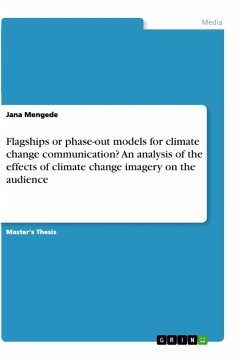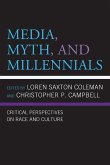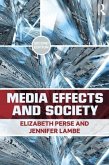Master's Thesis from the year 2021 in the subject Communications - Mass Media, grade: 1,2, SRH - Mobile University, language: English, abstract: As climate change is a development that happens slowly and is widely invisible, many photographers have made it their mission to visualize its causes and impacts on society. Since the early 2000s, they have established visual synecdoches by using repetitive formulas for their images to show the vulnerability of natural and human systems. Whereas such repetition creates awareness and recognition within society, still there is also criticism that any attempt to visualize climate change often leads to the same representations of melting ice, Polar Bears or natural disasters. The purpose of this work is to find out which repetitive motives are used by the media and how these motives affect the people. By means of a mixed method approach, it examines if the flagships of climate change imageries (such as the polar bear) still promote salience to the audience and if images of climate change solutions evoke positive feelings and can therefore be considered as motivating. In order to answer the question which climate change imageries are used by the media, a quantitative analysis of image types according to Grittmann and Ammann is conducted. This analysis shows that there are leading motives which are repetitively used as visualizations to accompany online news reports, among them mainly images of causes (smokestacks) and impacts (wildfire, ice imagery and extreme weather). The media rarely report on climate change solutions. In a second step, a sample of ten images of these leadings motives is selected for the explorative research of image effects. By means of the Visual Communication Process Model (Müller, Kappas, and Olk), it examines how people visually perceive these images, how they understand and interpret them and what emotions they cause. The effects are measured with a self-administered online questionnaire. The results of the survey reveal that the repetition of motives and the use of flagships does not lead to climate fatigue. Anyway, there is only one solution imagery that clearly verifies the positive effects on the self-efficacy level of the audience. Although such imageries receive attention on social media, they have not reached the mass media so far which could serve as a starting point for future research.








